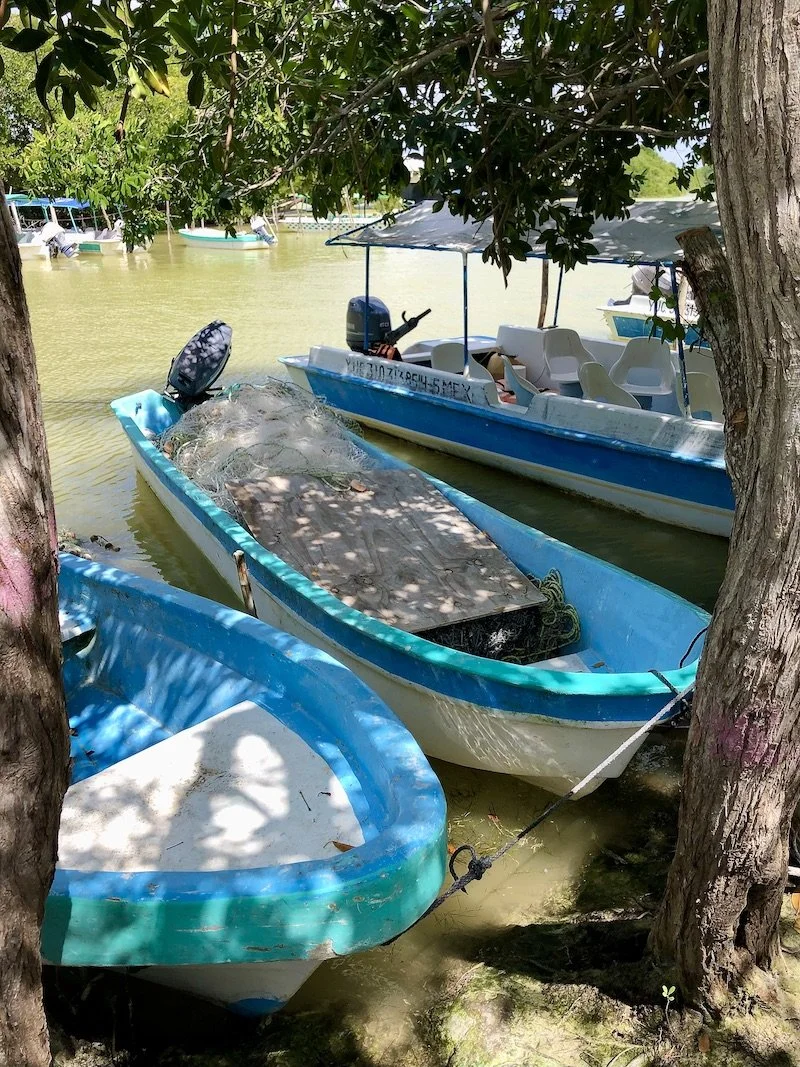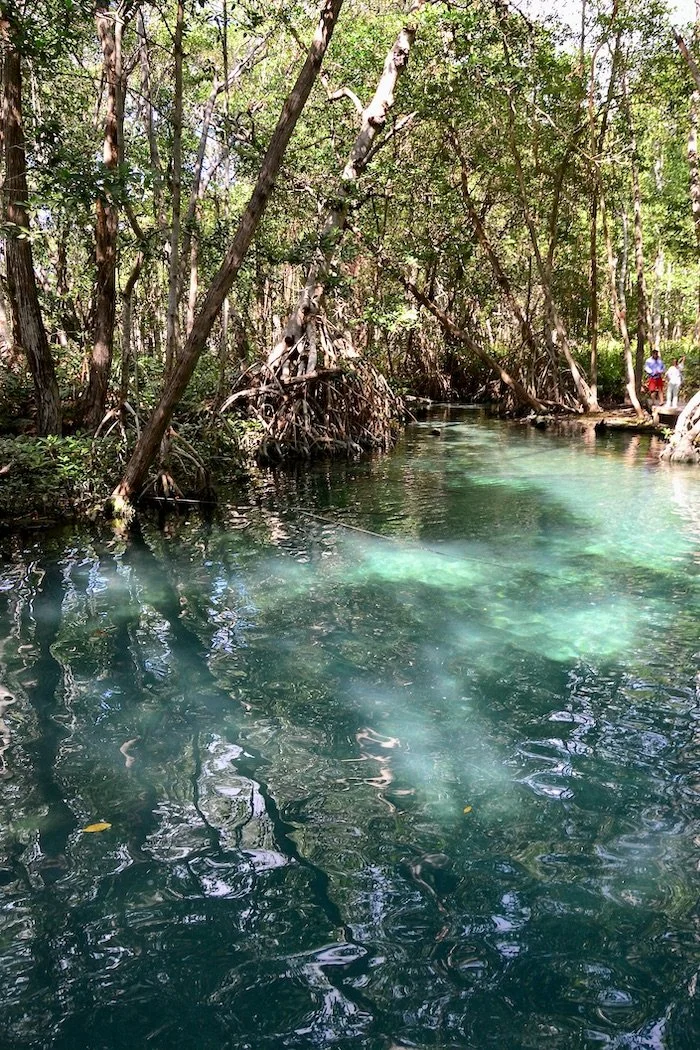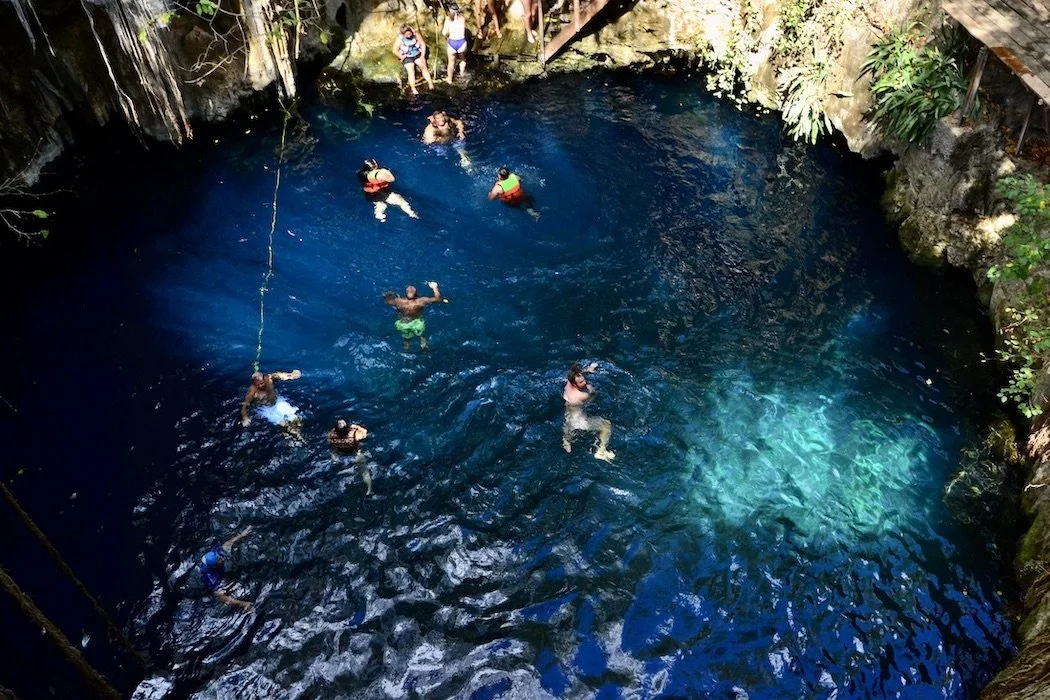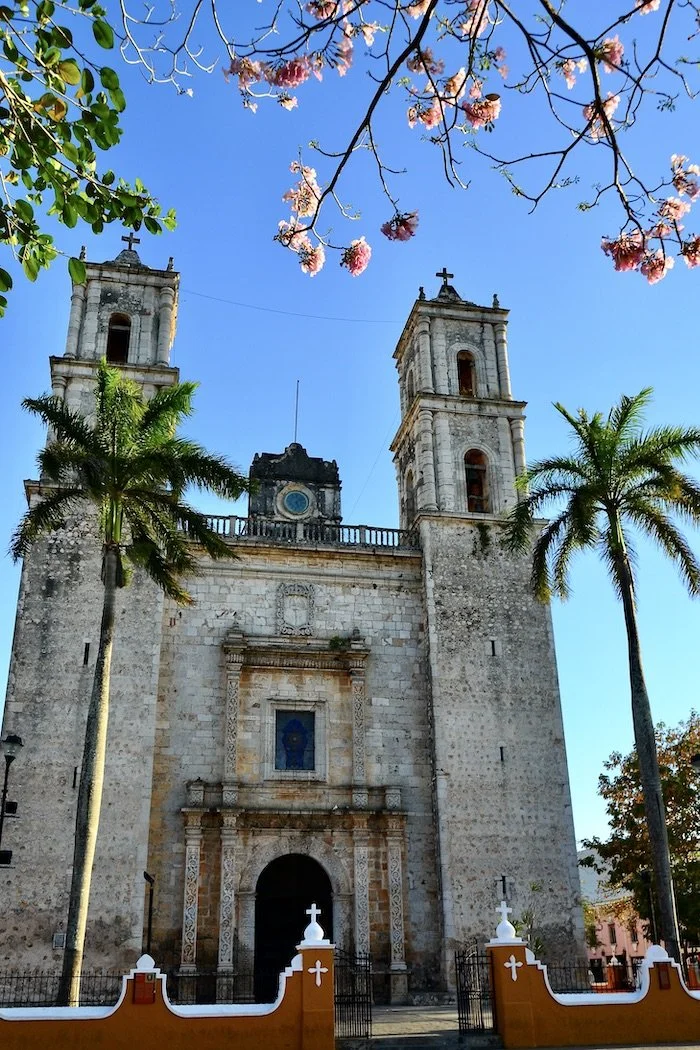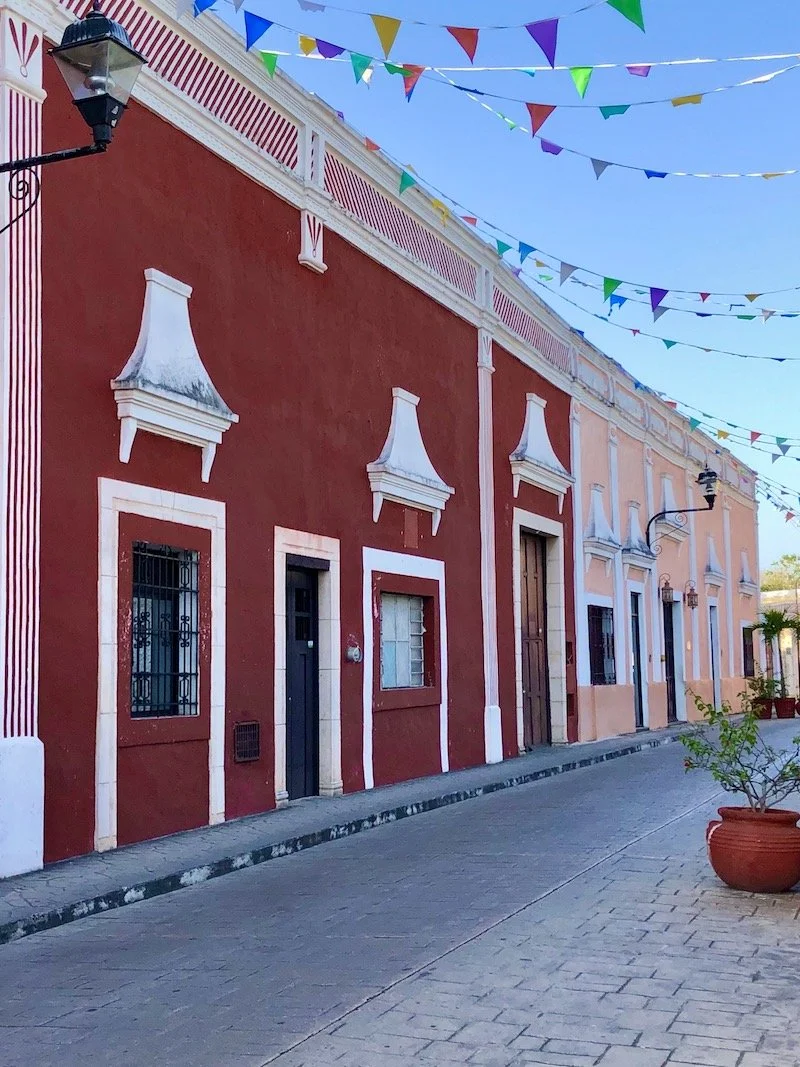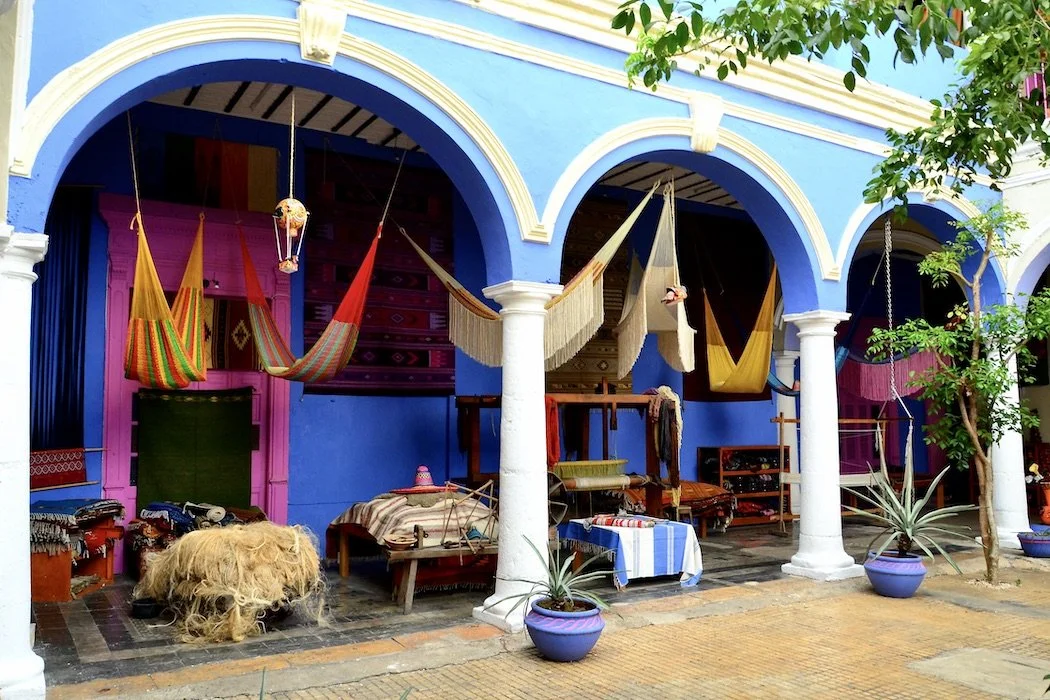Leave the traveled road in the Yucatán
Flamingos in the Celestún Biosphere Reserve
“Two roads diverged in a wood and, I - I took the one less traveled by, and that made all the difference.” - Robert Frost
Mexico’s sunny and steamy hot Yucatán peninsula, ancient home to the Mayan people, boasts a few beautiful colonial cities as well as numerous amazing archeological sites, some quite famous and well-visited. Yet, staying off the most traveled roads is still possible and certainly has fine rewards.
Celestún is a quiet fishing town that relies on mainly octopus hunting and the salt that it has produced since pre-Columbian times. Fine beaches line the ocean side, while the Celestún river and the like-named Biosphere Reserve surround the rest of the area. The wildlife sanctuary is home to numerous waterfowl species including heron, cormorant, pelican, and spectacularly, the up to 40,000 flamingos that migrate here to breed in the winter months. Mangroves surround this Gulf of Mexico inlet, also providing a home for alligators and a hatching ground for sea turtles. Freshwater springs bubble up along the edges of the river making swimming here a pleasure and producing this unique ecosystem by combining freshwater with the saltwater Gulf.
The Yellow City of Izamal is really best described as yellow, though the reason that color was used to paint the huge Monastery of St. Anthony of Padua and virtually every other building in town has been lost to history. When Pope John Paul II came to celebrate mass here in 1993, everything was repainted and remains resplendent on a sunny day. Built in 1561 over a Mayan worship center, it is one of the oldest Catholic churches in the Americas. Izamal, which means “dew that falls from the heavens”, has a peaceful central square surrounded by arcaded colonial buildings and a covered market. Venders sell fresh local produce and the butchers get down to business right on location. Several Mayan ruins remain from the city’s founding over 2000 years ago. The largest, right in town, is the pyramid to the Mayan Sun God Kinich Kak Moo, which is an easy climb for a fantastic view of the town and surrounding jungle.
Valladolid is virtually surrounded by cenotes. These sinkholes are the result of thousands of meteorite pieces that fell to earth along with the big one that spelled the end of the dinosaurs. Some are open to the sky, some deep in caves, some connected via an underground river, and many more remain undiscovered deep in the jungle. Around Valladolid, several of these pools of turquoise waters deep in limestone bedrock are open for a cooling dip. Benches around the quiet town square Parque Francisco Cantón Rosado also provide a cool, peaceful respite from the heat, as does a peek at the intricate interior detail of the Cathedral of San Gervacio or browsing a local handicrafts museum. From the nearby five corners intersection, the quiet pedestrian Calzada de los Frailes, with its well-maintained and colorfully painted colonial homes, leads to the shady Parque Sisal. The square is dominated by the Convent of San Bernardino of Siena, where evening light shows illuminate the 500-year-old walls.
Don’t miss:
A morning walk around the clean and cheerful Yellow City of Izamal and virtually empty grounds of the pyramid Kinich Kak Moo.
Bedtime:
Hotel Mesón de Marqués in Valladolid on the main square, a lovely old-style hotel with a pool.
Subscribe for inspiration to have my posts drop directly into your inbox. *If you enjoyed what you read, please share this post with like-minded travelers.*
*All photographs are mine, taken with my Nikon D3100 or iPhone 8.*


